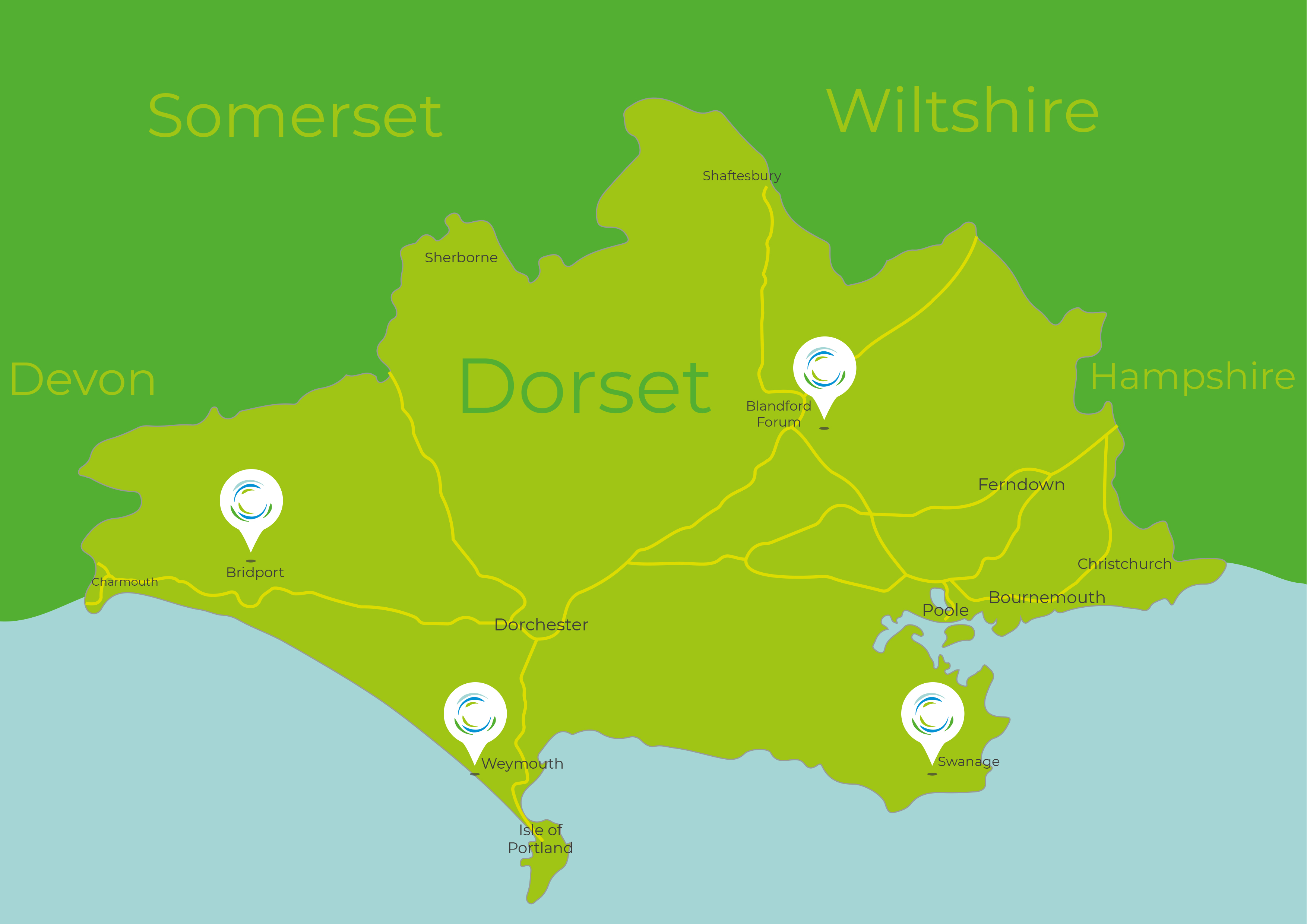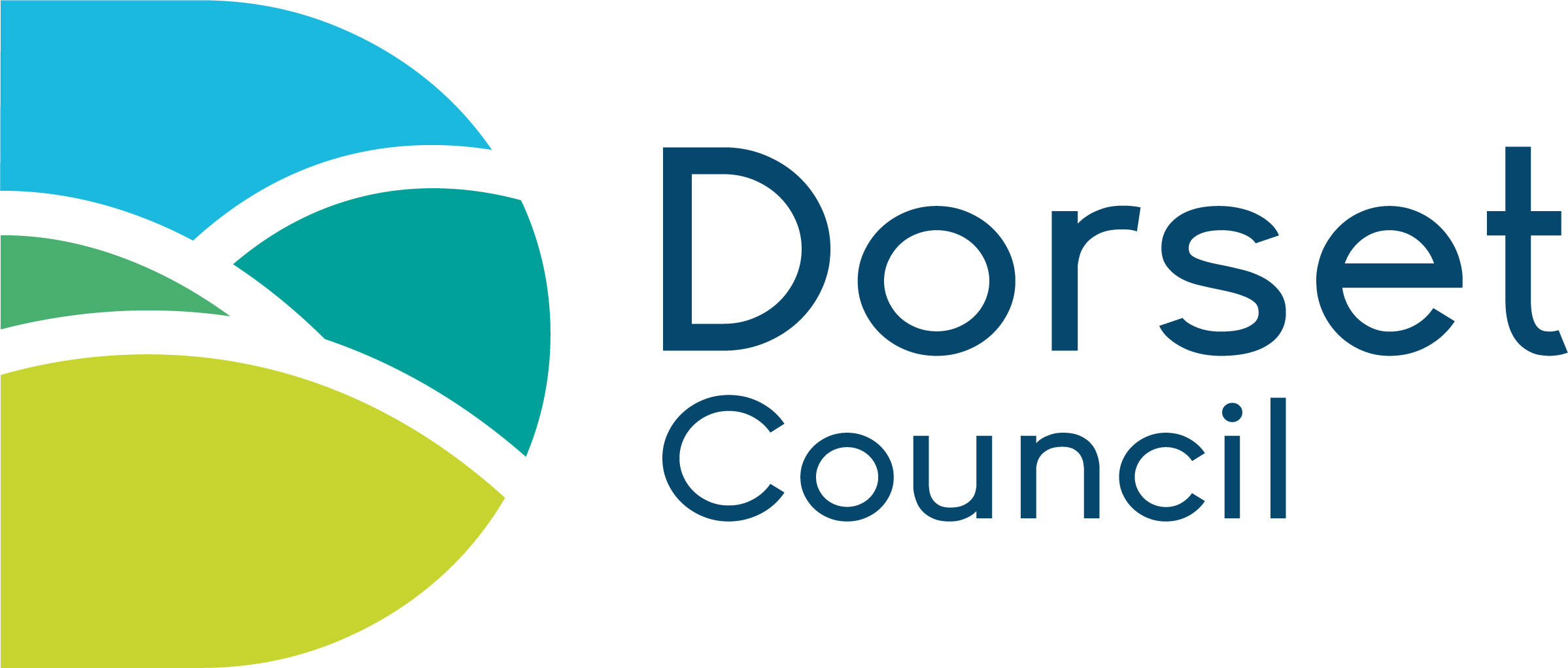Dorset Community Energy Solar PV Array

Location: Various schools and community buildings across Dorset
Type of Low Carbon Technology: Solar PV arrays mounted on schools
Project Contact: Pete West pete@dorsetcommunityenergy.org.uk
Project Overview:
A total of 420 kW installed capacity was spread across 12 schools and 4 community buildings, with arrays varying in size from 4 to 50 kW. The locations span Dorset, from Bridport in the west to Swanage in the east, and Blandford in the north to Weymouth in the south.
The arrays were installed by several installer companies on behalf of Dorset Community Energy (DCE), a not-for-profit Community Benefit Society set up with help from the Communities Living Sustainably in Dorset Project (itself funded by the BIG Lottery Fund).
DCE raised £490,000 from 152 members to part finance the installations, and supplies cheap or free electricity to the schools, a financial return to members, and a community benefit fund.
‘”The public support for solar panels on schools exceeded all expectations- Dorset Community Energy raised over £350,000 in 3 weeks in November 2015. The directors feel that the project has been very successful in meeting our twin aims of providing £600,000 of free or low cost solar electricity to the participating schools over a period of 20 years and at the same time generating sufficient income to cover operational costs and pay our members 5% – 6% pa interest, plus their capital returned in instalments.” Pete West, Director and Secretary of Dorset Community Energy
Suppliers of technologies installed: The solar PV arrays were installed by several install companies, Chris Rudge Renewables, Dorset Energy Solutions, Energy-tec, and TH White Ltd.
How the project was developed: The first stage of the project involved formally setting up DCE as a Community Benefit Society.
Next came identifying the interested schools and selecting those that were viable to proceed with.
Grid connections and structural capacities then needed to be checked for each location. Legal agreements for the roofs were drawn up and, with this information, financial modelling was performed to allow a share offer. The share offer was advertised, and ended up being oversubscribed. Once money was secured, installation and FiT registration started.
After a successful first round of funding and installation, a second round was completed before the FiT levels dropped.
How the technology was installed: Installation was performed by local companies, and involved extensive scaffolding. It was undertaken during school holidays to minimise disruption.
How the technology is run and maintained: Running costs are very low. A small maintenance contract is in place, and the performance of the panels and inverters is remotely checked regularly. Inverters will probably need replacing within the 20+ year lifetime of the panels.
There are some small annual costs associated with the administration of the society.
Issues experienced with the technology, its installation, and the ongoing maintenance:
At a technology level, there were extensive problems with one of the inverters at one of the sites. These were eventually resolved by the supplier.
From a project point of view, the main issue was the changing of the FIT subsidy and the tax benefits associated with community PV (and PV in general), and the time pressure that this applied.
Benefits of the technology: Greenhouse gas emission reductions are expected to be around 195 tCO2e/yr. The panels will generate around 350,000 kWh/yr, much of which is gifted to schools.
Cost of technology (including installation and ongoing maintenance): The total cost of the 16 arrays, including connections and project development, was £490k.
How was the project funded? Community members invested in the Community Benefit Society to fund the installations. The arrays earn FiT subsidies to help paying a return to members.
Lessons learned from this project: The legal agreements for the use of the roofs took a long time and were very involved and complex. We were lucky to benefit from the involvement of Dorset County Council via Communities Living Sustainably in Dorset. Some flexibility over roof leases is required from both parties.
The construction phase was completed on time, and the project is performing slightly better than projected in terms of both energy and money generated. This has been achieved as a result of great care being taken with costs, financial modelling, project management, and the quality of the installations. Regular remote monitoring of the performance of the sites is key, and so ensuring that this is available is an excellent lesson.

30kW PV at Budmouth College

50kW PV at Milldown CE Primary School

Roof integrated solar panels at Greenford CE Primary School
- Date March 9, 2018
- Tags













